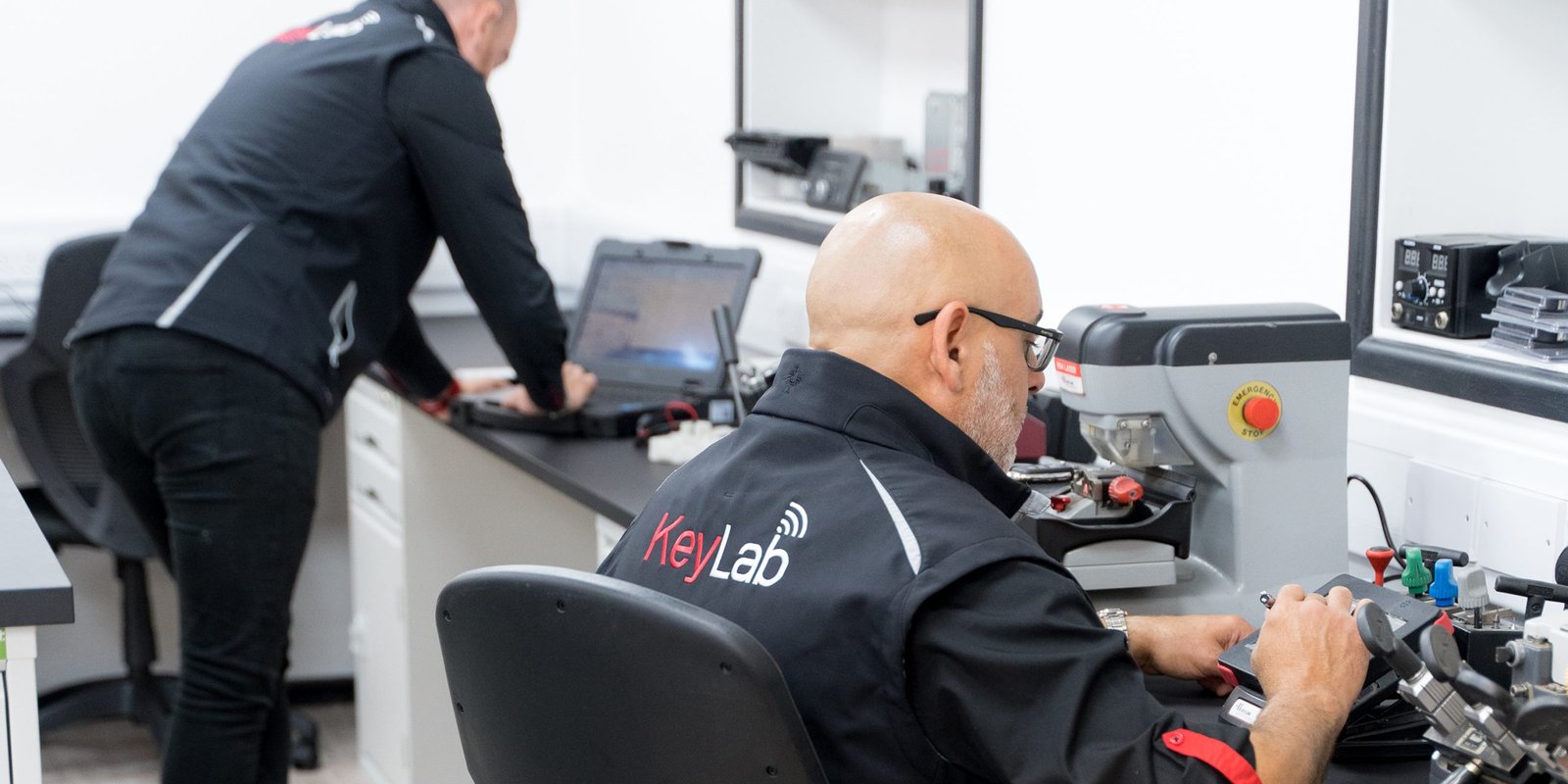Key Replacements: An In-Depth Guide to Understanding and Implementing Effective Substitutions
Introduction
In the world of different industries-- from automotive to technology-- the term "key replacements" signifies the practice of substituting a failing or insufficient element with a new or enhanced version. Comprehending key replacements is important for keeping functional effectiveness, enhancing performance, and ensuring security. This short article dives into the various elements of key replacements, exploring their importance, implementation strategies, and typical inquiries surrounding the topic.
What Are Key Replacements?
Key replacements refer to the procedure of substituting an important element within a system, device, or equipment that is critical to its performance. These replacements can occur in numerous sectors, consisting of automobile, innovation, and even human resources. By proactively determining and replacing essential parts, organizations and people can avoid system failures, preserve performance, and improve safety.
Significance of Key Replacements
The value of key replacements can not be overstated; they serve numerous functions that contribute to the overall effectiveness of systems. Some of their important roles include:
- Preventing System Failures: Key replacements assist prevent devastating failures by attending to damaged or malfunctioning components before they produce substantial problems.
- Enhancing Performance: Upgrading to more recent parts can improve system efficiency, leading to better output and performance.
- Cost-Efficiency: Effective replacements can minimize repair work expenses, extend the life-span of the whole system, and eventually conserve cash.
- Safety Assurance: In sectors like automotive and machinery, key replacements guarantee that security standards are maintained, minimizing threats to personnel and users.
- Compliance: In controlled industries, timely replacements might be a legal requirement to fulfill security standards.
Key Replacement Strategies
Implementing key replacements successfully requires a strategic approach that aligns with the functional goals of a company. Below are several methods to consider:
1. Routine Maintenance and Inspections
Performing regular maintenance and inspections can help determine elements that might need replacement before they stop working. A well-defined maintenance schedule should consist of:
- Visual Inspections: Check for visible signs of wear or damage.
- Performance Monitoring: Track the functioning of key parts.
- Use Analysis: Keep records of how typically a component is used, which can anticipate wear patterns.
2. Data-Driven Decision Making
Using data analytics can help companies make informed decisions relating to when to replace key parts. Carrying out systems for information collection can result in:
- Predictive Maintenance: Identifying potential failures before they happen utilizing historic information.
- Expense Analysis: Evaluating the expense implications of fixing versus replacing parts.
3. Collaboration with Suppliers
Establishing strong relationships with providers and manufacturers guarantees access to quality elements and timely replacements. Adequate cooperation can result in:
- Favorable Terms: Negotiating much better costs and terms.
- Quality Assurance: Gaining self-confidence in the quality and dependability of replacement parts.
4. Training and Education
Informing and training employees included in the replacement procedure can substantially boost efficiency. Providing information on best practices and new innovations can help make sure:
- Maximized Efficiency: Employees understand the ideal methods for replacing elements.
- Lowered Errors: Minimized danger of errors during the replacement procedure.
Types of Key Replacements Across Industries
Key replacements vary across industries, each with its specific parts and practices. Below are some common types in different sectors:
Automotive Industry
| Part | Replacement Reason |
|---|---|
| Engine Oil | Prevent wear and enhance performance |
| Brake Pads | Guarantee safety and responsiveness |
| Tires | Improve traction and fuel efficiency |
Innovation Sector
| Element | Replacement Reason |
|---|---|
| Hard disk drives | Enhance information access speed |
| Batteries | Bring back gadget mobility and functionality |
| Circuit Boards | Improve device dependability and longevity |
Manufacturing
| Component | Replacement Reason |
|---|---|
| Conveyor Belts | Maintain operational performance and security |
| Safety Guards | Maintain health and wellness compliance |
| Bearings | Decrease friction and facilitate smooth operation |
Frequently Asked Questions About Key Replacements
1. What is the most crucial factor for changing key parts?
The most important factor for replacing key elements is to guarantee system dependability and safety, preventing failures that could result in pricey downtimes or hazardous scenarios.
2. How typically should I consider key replacements?
Key replacements should be considered based on the specific element's wear pattern, performance metrics, and maintenance schedule. Routine evaluations should determine the suitable intervals for replacements.
3. What should Key Replacement Near Me do if I am unsure about an element's condition?
If unsure about a component's condition, it is a good idea to carry out a comprehensive examination, evaluation efficiency data, and speak with professionals or manufacturers for professional guidance.
4. Is it much better to fix or replace a key component?
The choice to fix or replace a key part depends upon cost-effectiveness, reliability, and long-term advantages. Typically, Car Replacement Keys may be more viable when thinking about lifespan and performance metrics.
5. Where can I find dependable replacement parts?
Dependable replacement parts can usually be found through authorized dealers, credible providers, or straight from makers. Constantly verify their reliability and inspect reviews before acquiring.
Key replacements are an important element in keeping functional effectiveness and safety across various markets. By comprehending the significance of these replacements, executing tactical techniques, and resolving common questions, organizations can ensure that their systems stay robust and trustworthy. Future improvements in innovation and information analytics will even more enhance the depth and precision of key replacements, continuing to drive improvements in effectiveness and security. Engaging proactively with this principle can considerably lower risks and raise general performance in any functional context.

